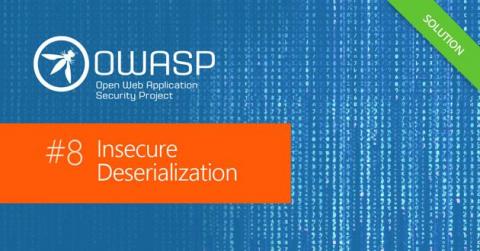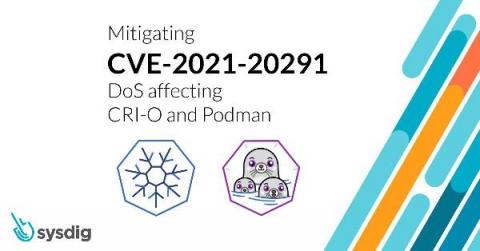OWASP Top 10: Insecure Deserialization Security Vulnerability Practical Overview
Insecure Deserialization is #8 in the current OWASP Top Ten Most Critical Web Application Security Risks. It is difficult to exploit, but successful attacks can lead to remote code execution.










